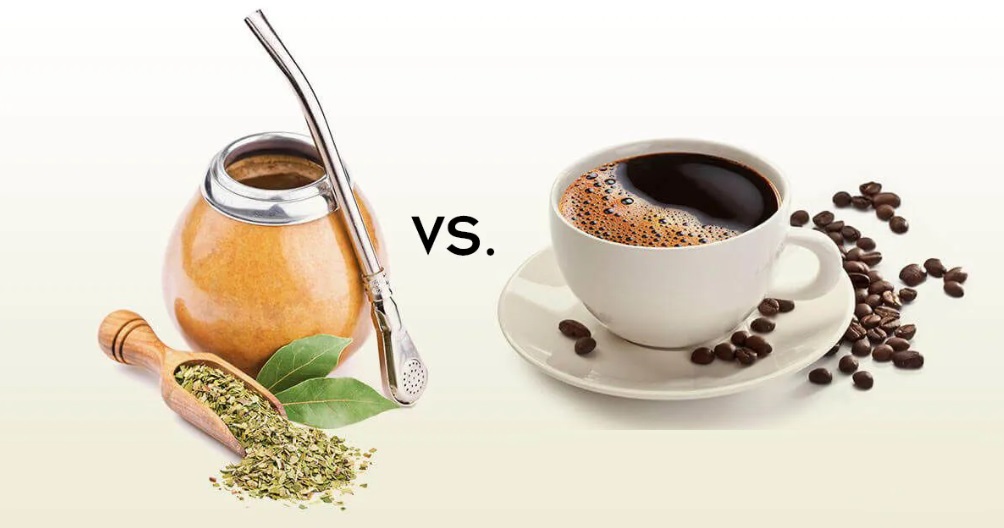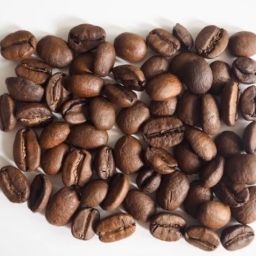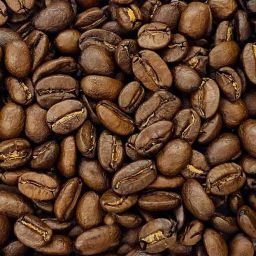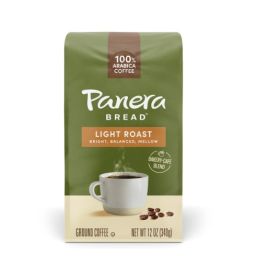
Yerba mate and coffee are more than just beverages; they’re cultural icons enjoyed around the world. Yerba mate is a staple in South America, particularly in countries like Argentina, Uruguay, and Brazil. It’s often shared among friends and family, signifying community and connection. Coffee, on the other hand, is ubiquitous globally, with its roots deeply embedded in the histories of Africa, the Middle East, and Latin America. It has become a morning ritual for millions, often associated with wakefulness and productivity.
Does Yerba Mate Have More Caffeine Than Coffee?
When it comes to caffeine, many assume that all stimulating beverages are created equal. However, this isn’t quite the case with yerba mate and coffee. On average, a cup of coffee contains about 95 mg of caffeine, which typically overshadows the 85 mg found in a similar serving of yerba mate. This slight difference might seem minor, but it can influence the beverage choice for those sensitive to caffeine or looking for a less intense energy boost. Yerba mate offers a unique balance, providing a moderate caffeine level that is complemented by other natural compounds, which can smooth out the highs and lows often associated with coffee consumption.
Key Takeaways
- Average caffeine content in yerba mate vs. coffee: Understanding how much caffeine each beverage contains helps in making an informed choice based on personal caffeine sensitivity or preference.
- Health benefits and risks associated with each: Both beverages offer unique health advantages and potential risks, which we’ll discuss to help you weigh the pros and cons.
- Impact on energy levels and cognitive functions: We’ll look at how yerba mate and coffee affect alertness, focus, and overall cognitive performance.
- Brewing methods and flavor profiles: Different brewing techniques can alter the taste and caffeine content of yerba mate and coffee, influencing your beverage experience.
Detailed Caffeine Comparison
Caffeine content in yerba mate and coffee can vary significantly based on several factors. The method of brewing and the serving size play crucial roles in determining how much caffeine ends up in your cup. For coffee, methods like espresso or French press can extract more caffeine compared to a standard drip brew. Similarly, yerba mate can vary in caffeine levels depending on whether it is brewed from loose leaves or from more commercial tea bags.
When prepared with a standard method, coffee generally contains around 95 mg of caffeine per cup, but this can increase with more robust brewing methods. Yerba mate, on the other hand, averages about 85 mg but can range from 25 to 175 mg depending on how it is prepared. This makes yerba mate versatile; you can adjust the strength of your brew to match your caffeine needs.
Health Implications of Yerba Mate and Coffee
Both yerba mate and coffee are cherished not just for their energizing effects but also for their potential health benefits. However, like any food or drink, they come with their own set of risks, which should be considered to make the best dietary choices.
Mental Clarity and Cognitive Benefits
Both beverages have been shown to enhance mental clarity and cognitive function. Caffeine, the primary stimulant in both drinks, is well-known for improving alertness. It temporarily blocks adenosine, a brain chemical that makes you feel tired, thereby increasing concentration and focus. This makes both yerba mate and coffee popular choices for those looking to boost their mental performance.
Cardiovascular Health
The impact on cardiovascular health can vary between the two. Coffee has been studied extensively and is often associated with a lower risk of several cardiovascular diseases, thanks to its rich antioxidant profile. These antioxidants help neutralize harmful free radicals in the body, reducing oxidative stress which is a risk factor for heart disease.
Yerba mate, similarly, contains antioxidants, though it has a mixed reputation. On one hand, it’s believed to improve lipid parameters, which could support heart health. On the other hand, the way yerba mate is traditionally consumed (very hot) might increase the risk of esophageal cancer, which brings us to the potential risks.
Cancer Risks and Other Health Concerns
While the benefits are significant, it’s crucial to acknowledge the risks. Hot yerba mate has been the subject of scrutiny due to studies suggesting a potential association with an increased risk of esophageal cancer. The high temperatures at which it is traditionally consumed can cause thermal injury to the esophagus, which over time might increase cancer risk.
Furthermore, both beverages contain caffeine, which can lead to side effects if consumed in excess. These include insomnia, nervousness, restlessness, stomach irritation, nausea, and increased heart rate. As such, moderation is key when incorporating these caffeinated drinks into your diet.
Brewing Methods and Flavor Profiles
Exploring the brewing methods of yerba mate and coffee reveals a fascinating insight into how each drink’s flavor and caffeine extraction are shaped by these processes.
Yerba Mate Brewing Techniques
Yerba mate can be brewed in various ways, each affecting its flavor and caffeine level. The most traditional method involves using a gourd (calabash) and a metal straw (bombilla) that filters the leaf chunks. Loose yerba mate leaves are packed into the gourd, hot water is poured over them, and the infusion is sipped through the bombilla. This method extracts a strong, robust flavor and a higher caffeine content due to the direct contact of hot water with the leaves.
Another popular method is using a French press, similar to brewing coffee but with yerba mate leaves. This approach allows for easy adjustment of strength by changing the water-to-mate ratio and brewing time. The result is a smoother taste and can be customized for lighter caffeine extraction compared to the traditional method.
Tea bags offer a more convenient, less intense option, ideal for those new to yerba mate or preferring a milder taste and lower caffeine dose.
Coffee Brewing Techniques
Coffee’s flavor and caffeine content are heavily influenced by its brewing method. Drip coffee, one of the most common methods, involves pouring hot water over ground coffee, which then drips through a filter. This method typically yields a clean, straightforward flavor and a moderate caffeine level, making it a morning staple worldwide.
The French press, another favored method among coffee aficionados, allows for steeping coarse coffee grounds in boiling water. The press’s plunger then separates the grounds from the liquid after brewing. This technique extracts deep flavors and more caffeine, given the longer contact time between the coffee and water.
Espresso, made by forcing a small amount of hot water through finely-ground coffee, produces a concentrated shot of coffee. This method not only extracts intense flavors and aromas but also a significant amount of caffeine in a small volume, reflected in the rich, bold taste of espresso.
Impact on Flavor and Caffeine
The choice of brewing method significantly impacts both yerba mate and coffee’s flavor profiles and caffeine levels. In yerba mate, the traditional gourd method extracts the most robust flavors and highest caffeine, while tea bags offer a gentler introduction to its unique taste. For coffee, methods like espresso extract a high caffeine content and rich flavor, whereas drip coffee provides a balanced everyday drink.
FAQs
How does the caffeine content compare between yerba mate and coffee? Caffeine content varies: a typical cup of coffee has about 95 mg of caffeine, while yerba mate averages around 85 mg per cup. However, these amounts can change based on the brewing method and serving size.
What are the health effects of drinking yerba mate and coffee? Both drinks offer cognitive and physical energy boosts due to caffeine. Yerba mate is noted for its antioxidant properties, whereas coffee is linked to reduced risks of certain diseases. However, excessive consumption of either can lead to side effects like insomnia or nervousness.
What are the best methods to prepare yerba mate and coffee? Yerba mate can be brewed using a traditional gourd and bombilla or a French press for a smoother taste. Coffee can be prepared in various ways, including drip coffee, espresso, or French press, each influencing the flavor and caffeine strength.
Final Thoughts
Choosing between yerba mate and coffee often boils down to personal preference in taste and lifestyle. Both beverages offer unique flavors and health benefits with variable caffeine levels to suit different needs.









